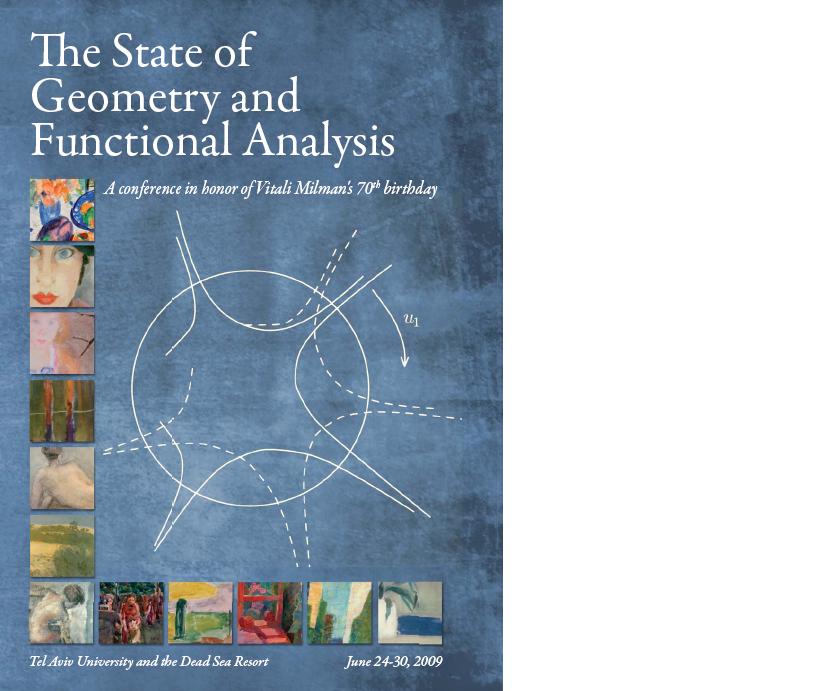I once heard a joke (not a great one I'll admit...) about higher dimensional thinking that went as follows-
An engineer, a physicist, and a mathematician are discussing how to visualise four dimensions:
Engineer: I never really get it
Physicist: Oh it's really easy, just imagine three dimensional space over a time- that adds your fourth dimension.
Mathematician: No, it's way easier than that; just imagine $\mathbb{R}^n$ then set n equal to 4.
Now, if you've ever come across anything manifestly four dimensional (as opposed to 3+1 dimensional) like the linking of 2 spheres, it becomes fairly clear that what the physicist is saying doesn't cut the mustard- or, at least, needs some more elaboration as it stands.
The mathematician's answer is abstruse by the design of the joke but, modulo a few charts and bounding 3-folds, it certainly seems to be the dominant perspective- at least in published papers. The situation brings to mind the old Von Neumann quote about "...you never understand things. You just get used to them", and perhaps that really is the best you can do in this situation.
But one of the principal reasons for my interest in geometry is the additional intuition one gets from being in a space a little like one's own and it would be a shame to lose that so sharply, in the way that the engineer does, in going beyond 3 dimensions.
What I am looking for, from this uncountably wise and better experienced than I community of mathematicians, is a crutch- anything that makes it easier to see, for example, the linking of spheres- be that simple tricks, useful articles or esoteric (but, hopefully, ultimately useful) motivational diagrams: anything to help me be better than the engineer.
Community wiki rules apply- one idea per post etc.



